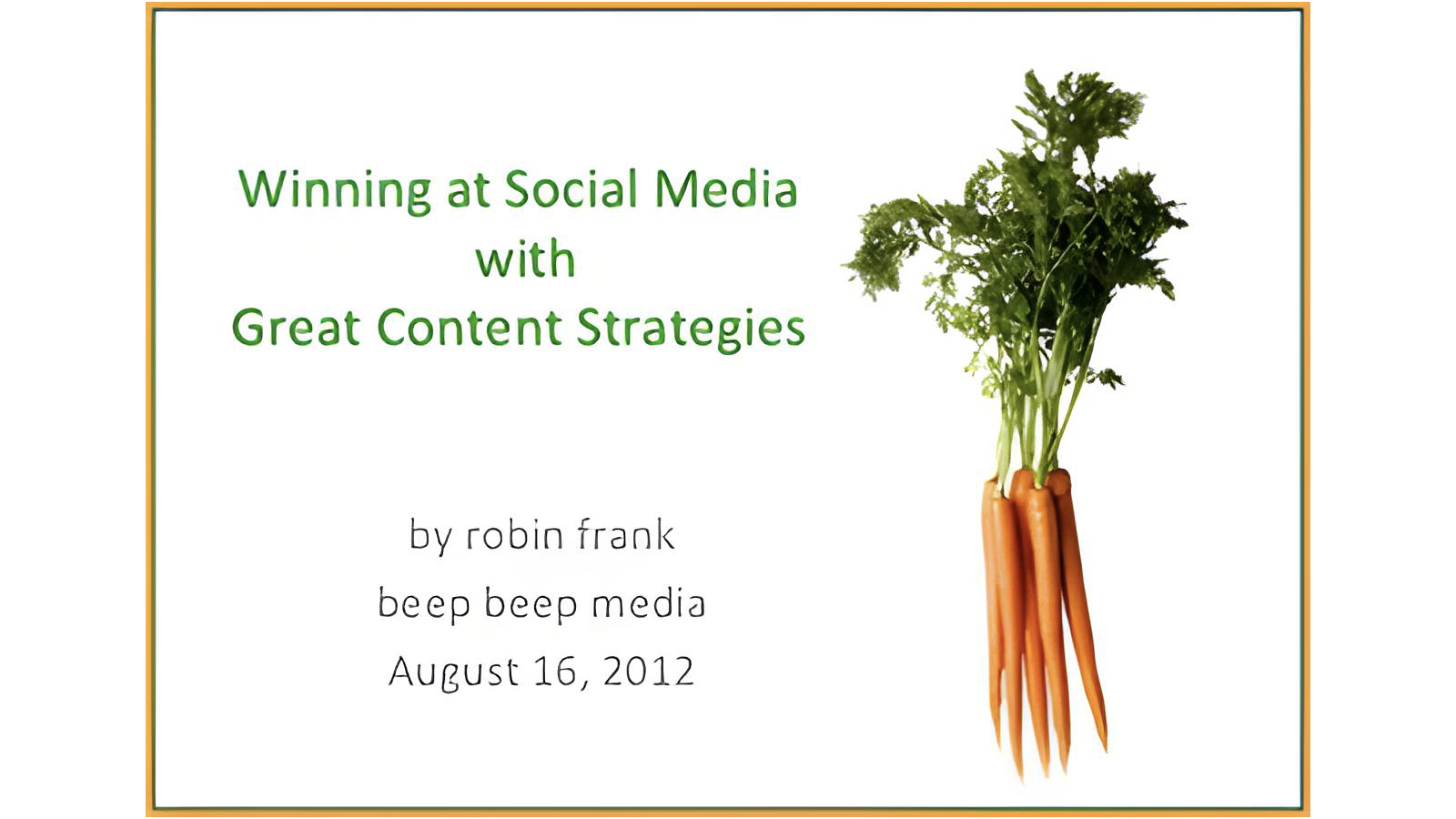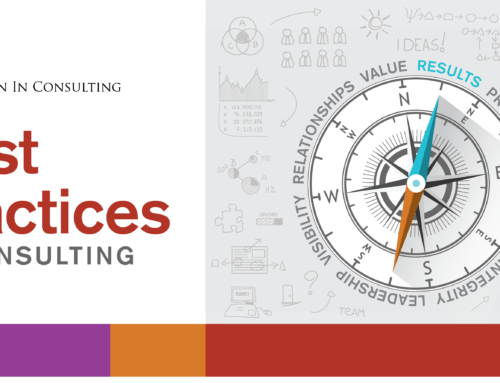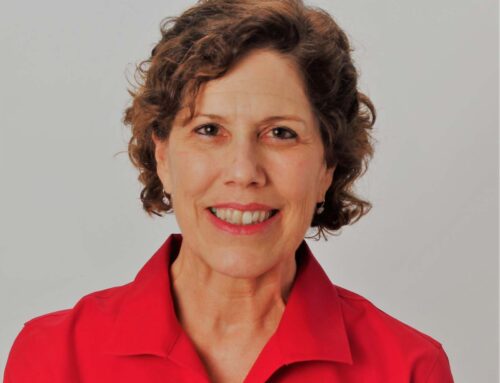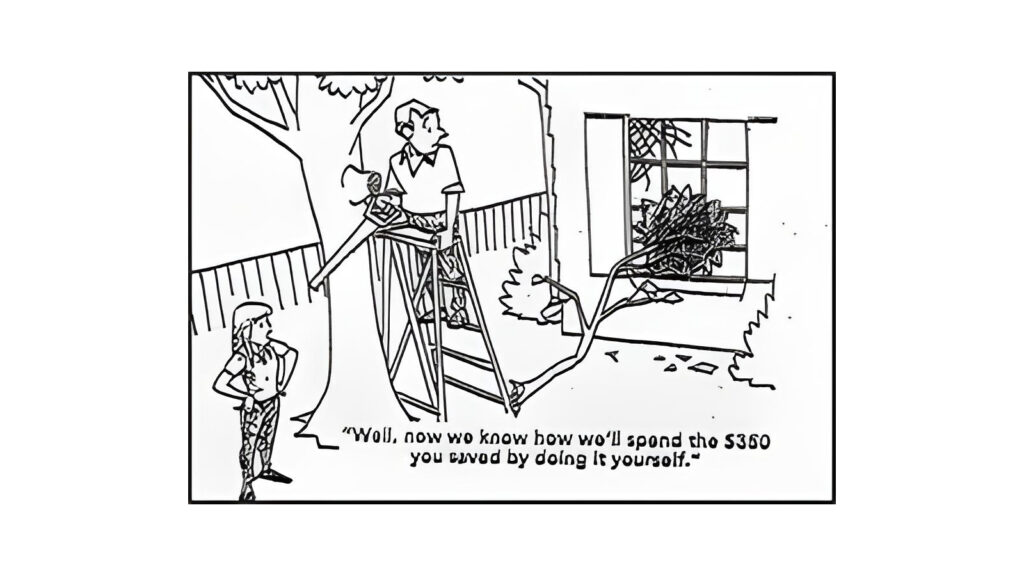At our August WIC general meeting, we were treated to a soup-to-nuts presentation on creating a great content strategy for social media from Robin Frank , CEO of beep beep media. I caught up with Robin after her talk for a brief Q & A about today’s social media landscape.
Q. In your talk, you commented that you can’t swing a dead cat in the Bay Area these days without hitting a social media strategist. You’ve been in the game since the beginning. What was it that made you want to do this?
I worked in marketing for many years, and spent a lot of time doing email marketing and managing online communities — mainly internal communities — built around a brand and a product. So, when social media first appeared on the scene, I understood the potential for interaction between people and companies. I saw a huge road ahead for public adoption. And, I knew that there would be a big need to educate people and help them navigate the landscape and pull it all together.
Q. How have you seen social media evolve over the time you’ve been part of it?
A. Well, it’s gone from something that was sort of on the frontier — with just a few companies doing something kind of daring — to being mainstream. In the beginning, it was super casual. You could post anything and just having a presence was enough. Now, it’s gotten more crowded. It’s gotten more competitive, so you’ve really got to sharpen your strategy. You’ve got to map it out, think about what you want to be known for and have something of value to say. And, the words matter. Copywriting and good content are more important than ever.
There are all these crazy formulas people put out there for how many posts you should do to get so many clicks, but there are no hard and fast rules. Really, every company has to create a way to make it work within their organization.
Q. As a consultant, how do you cope with the overwhelming number of platforms and tools?
A. There really are only a few platforms you need to be on, so you pick ones that make the most sense for your brand. The tools are harder because there are so many, but most companies really only need very basic information, not a lot of bells and whistles. There are some apps you need to know, such as apps for integrating blog posts into Facebook or LinkedIn, and you can’t run a contest on Facebook without a contest app.
Then there are the “fluffy” tools, like the ones that tell you who you’re following on Twitter who isn’t following you back. If you really need that level of information, you’ll figure out what tools to use. That said, you have to scan the horizon all the time to see what’s new and help people understand how to move when things change. Most of the problems people come to me with are along the lines of, “Should I do Facebook ads?” and “What do I do about Google+?”
Q. What are the biggest hurdles to social media success?
A. Time to dedicate to it. To do it really well, you have to have time. Stop gap measures won’t cut it. You need to make time to be part of the conversation.
Q. You mentioned in your talk that a lot of companies just want to throw money at this problem and get someone to solve it for them. But, these are platforms of engagement. How do you get companies to that ‘aha’ moment where they realize that social is different?
A. Well, I don’t know that there are that many ‘aha’ moments, but people do come to understand that. There’s something that clicks when they see people engaging and sharing. You have to watch, listen and measure, and you really need a more high-level person to try to understand why things are resonating. Is it the product, the promo, the graphic, the headline? There’s really no way to get to that point until you try it and iterate a few times.
Q. Where do you see social media heading in the next few years?
A. I hate that question! I don’t know the answer. I do think that we’ll see more and more companies take it in-house and integrate it into their marketing. And, there’s a big push to use it for customer service.
I think it’s going to change a lot for mobile—it has to, for [social media platforms] to get users and ad revenue.
I think we’ll also have a broader ability to look at the chronology of past posts. Right now it’s not that searchable or understandable, but we’re moving toward having more access to the history and the data. So, we’ll have much better targeting — that’s for sure.
One thing that is crucial for Facebook going forward is their ability to prove the ROI from social advertising. Of course, they’re an industry bellwether, so whatever happens there will ripple across the entire landscape.









Great interview, Lynn. It was nice to extend the presentation from the WIC meeting with some of these insightful questions and answers. Thanks for posting!
Thanks Jen!
–Lynn